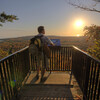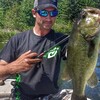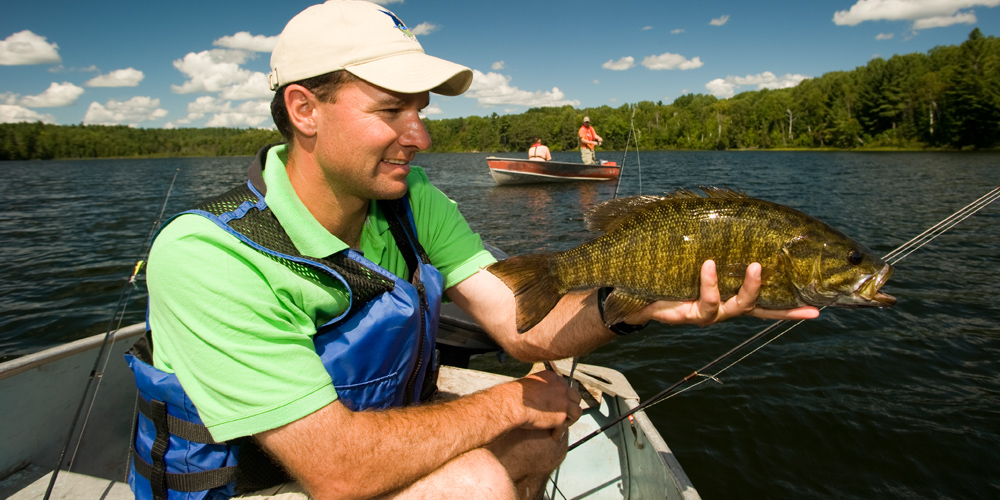
Finding Late Fall Walleye
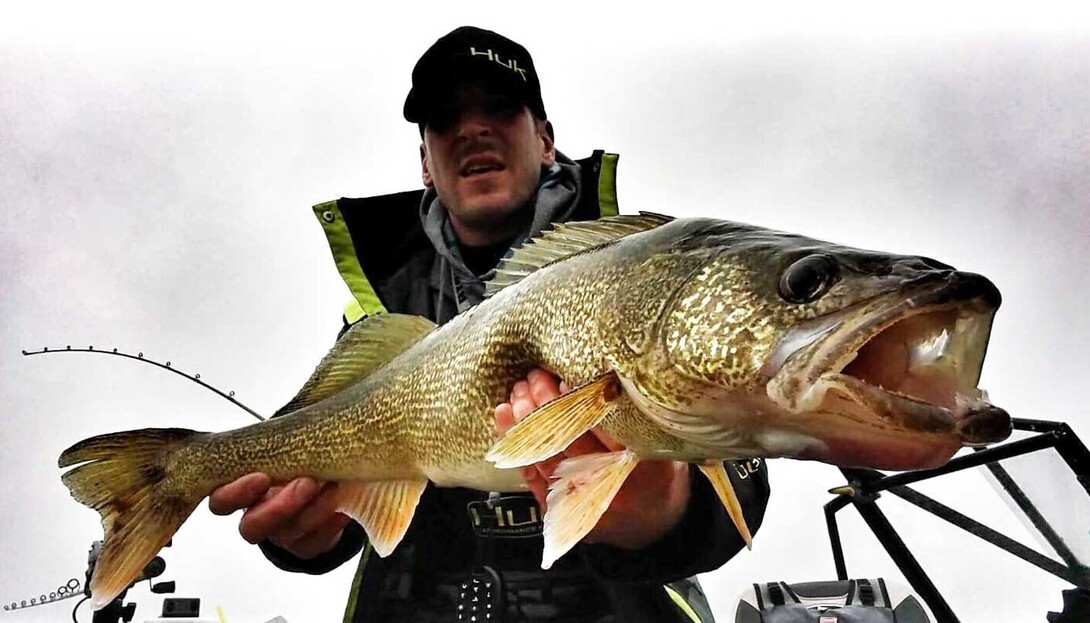
Being from the Sault Ste. Marie, I have the pleasure of knowing and being surrounded by a lot of amazing anglers. With having one of the best walleye fisheries on our doorstep being the St. Marys River there is no shortage of extremely knowledgeable walleye fishermen in our city. I could have tried to write this article with some of the know-how I have, but there are just way too many guys around that would be able to describe this great fishery a heck of a lot better than I would be able to. So, I knew I needed some help and knew that I didn't want to settle for an article that had the potential to be something special and would really help other anglers and describe what is really going in the river this time of year.
I was lucky enough to be able to sit, talk and text with one of those very knowledgeable anglers recently, and got him to give us some of the best information you could ask for to be able to find and catch some of the late fall giant walleyes that the St. Marys system is known for. Local angler Andy Lesyshen is known for being not just a walleye fisherman but a well-versed multi-species-angler around the Sault. But if you take a look at his Facebook page around this time of year it won’t take you long to see what he targets late in the fall and that there is no question that he knows his stuff and especially knows where those big fish are.
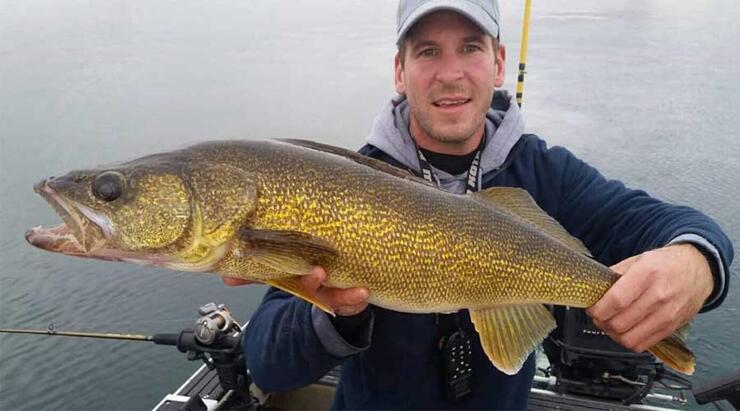
This is how my chat with Andy went, most of it was over text so I would be able to remember and be able to input everything Andy was telling me because I knew it would be a lot of information to take in and knew I didn’t want to leave anything out. Some of the key things about late fall walleye that Andy and I discussed -- and he’ll explain in the following story -- are if most of the walleye are predominantly in the river or lake and bay areas if walleye can be caught shallow this time of year and not just deep if walleye are more orientated to structure or baitfish at this time, what their primary depths and locations are and what his favourite techniques are.
Sharing Tips Without Giving Away the Spots
I have to put in what Andy’s first response was because as an angler and someone who writes articles on fishing I knew it was coming. “I could definitely answer a lot of those for you without divulging my actual spots”. For people who write and interview people about fishing, as much as we want to ask for and name actual spots for catching fish, there are just some things you just can’t ask and fishing spots are one of them. So, after our laugh, he started off by saying, “Compared to past years, this year is definitely a few weeks to a month behind. The water is just starting to cool down. Walleye should be showing up toat my spots soon. I haven’t had any chances to really fish lately but I did head out scouting and baitfish are just getting to my spots and the walleye shouldn’t be too far behind”.
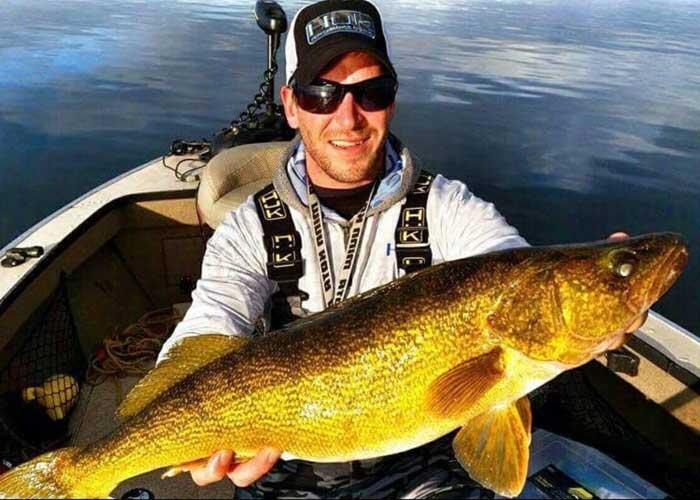
Finding Baitfish
When it comes to the fall, Lesyshen says it's all about, “Finding the baitfish and covering ground until you come up with something”. As for the fish being mainly in river or current areas, lake or bay areas, the majority of the walleye mainly pull out of the rivers and head to bigger basin-type areas like the lakes and bays in the system. But they can still be caught in the current and the river. He adds that “I fish in front of creeks and feeding rivers, find the first structures that are close to currents and drop-offs. Migrating walleye come full circle back to where they started in springtime. Well, just out from spawning grounds and stay there all winter.”
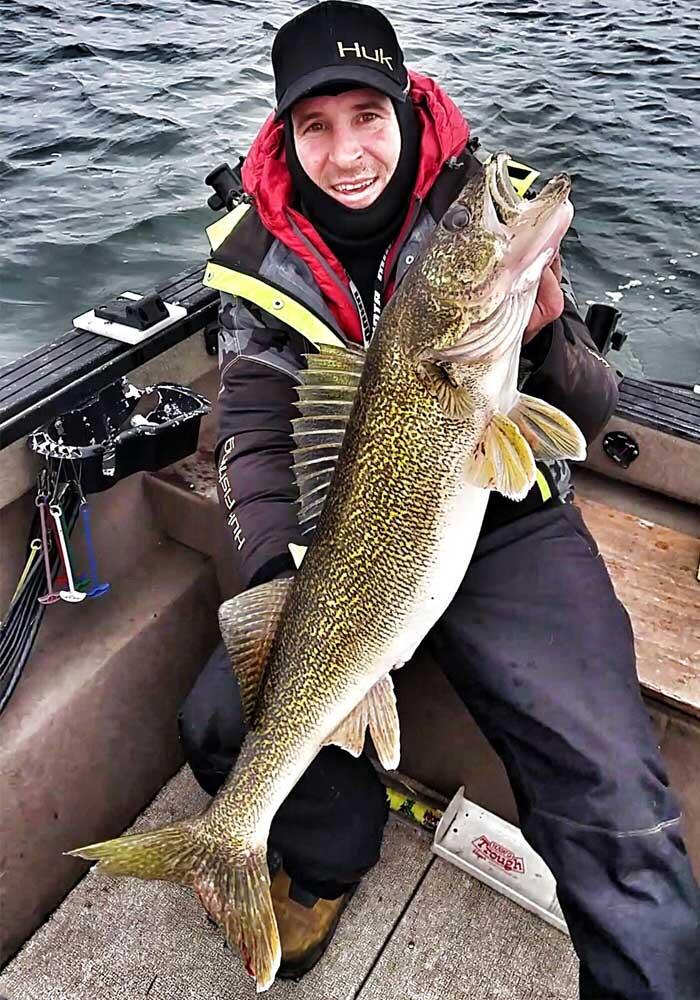
Other huge factors to consider when being able to find these late fall walleye are depth, location of fish in the water column, the structure they relate to, baitfish and wind direction. Lesyshen has some great insight on all these factors, definitely, things you want to remember when you are out on the water. He says that he usually sticks to depths of 12 to 25 feet of water and that, “once the weeds start dying I’ll move out to the 20-foot mark and concentrate a little deeper.”
Most of his fish come suspended but some are on the edges of the structure. Boat control and trolling properly are key. He moves his boat up and down contours until he finds what the fish are doing. If he marks fish on the bottom while trolling, he will mark them and continue to troll and catch those suspended fish first then when it slows down he will go back to those spots and try to catch those walleye vertically jigging close to the bottom.
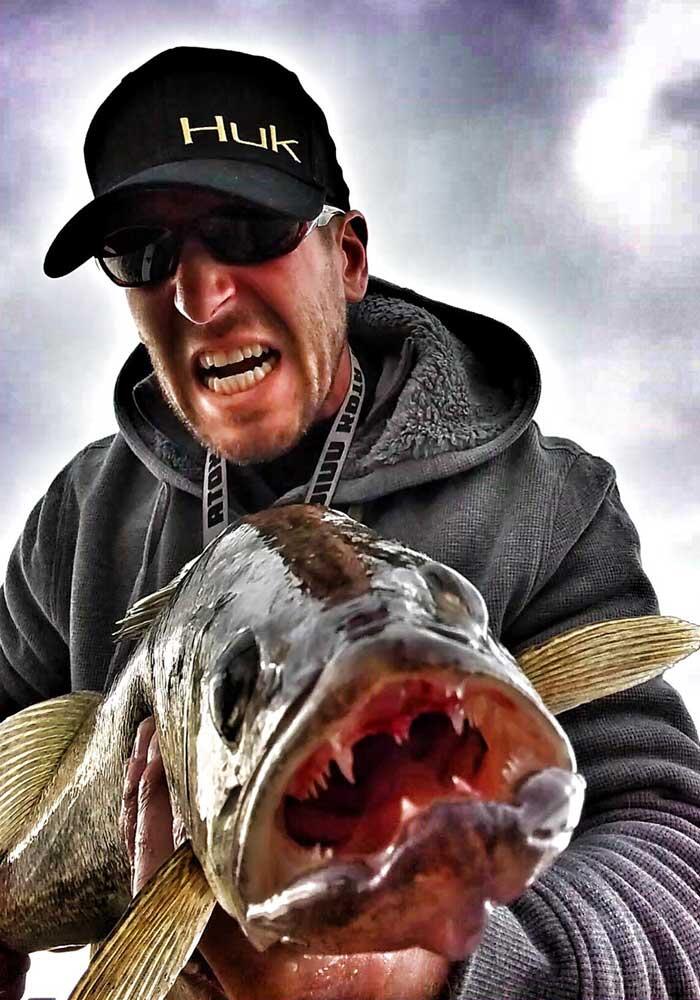
Wind Direction and Baitfish
Baitfish and wind direction are tied extremely close together at this time. Lesyshen points out that, “Where I fish depends totally on wind direction. It makes me make my decision on what side of an area I will fish.” The wind is a huge factor in where baitfish will congregate and the baitfish is what the walleye will follow. Another huge piece of information that Lesyshen let us in on is that “If there are big winds and waves you can catch walleye hugged right up near shore in the shallows pushing baitfish, especially near dusk and night time.” He adds that they feed through the day this time of year and sometimes mid-day could be your best bite. Another one of Andy’s many great pieces of info pertains to people that don’t like to get up early to go fishing. This time of year is for you he quotes, “There is no need to rush out on the water early morning in the fall. You might as well sleep in a bit. I think it’s because the bait might be more active as the day goes on.” Either way, this time of year walleye are feeding heavily and putting their football belly on. You will run into active fish at one point or another.
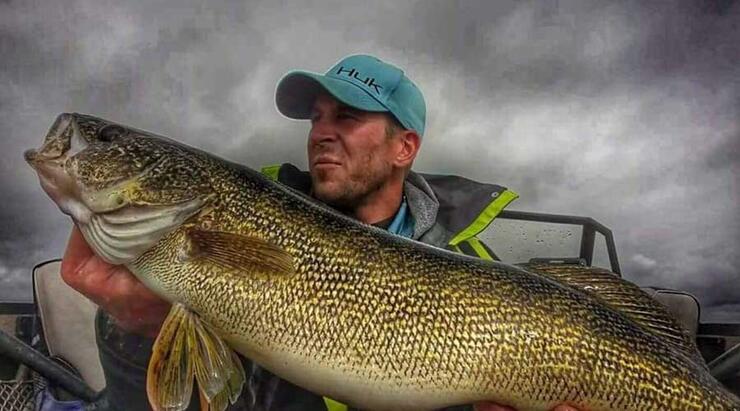
Techniques and Baits
Running into those fish also means using the right techniques to catch them. Andy’s technique of choice mainly consists of using planer boards and trolling big crankbaits behind them. Baits of choice are things like reef runners, Berkley Flicker Minnows and Rapala Tail Dancers and Rapala Husky Jerks. Lesyshen says that “I find they are spread out all fall until the winter sets in, so I think it’s key to cover ground pulling cranks. Also, planer boards are key because our water is so clear and the walleye are also suspended chasing the baitfish”. The slightest change in trolling speed can also affect whether these elusive walleye will bite or not. Andy makes a point that at the start of fall, “I try to go around 1.8 mph and as the water cools down I’ll slow down to 1.3 to 1.5 mph in late fall and once I either mark or catch a fish in a certain area sometimes I will spot lock with my trolling motor or anchor just off of a spot and cast cranks to it.” Usually, where there is one walleye there is a very high chance of being many more around.
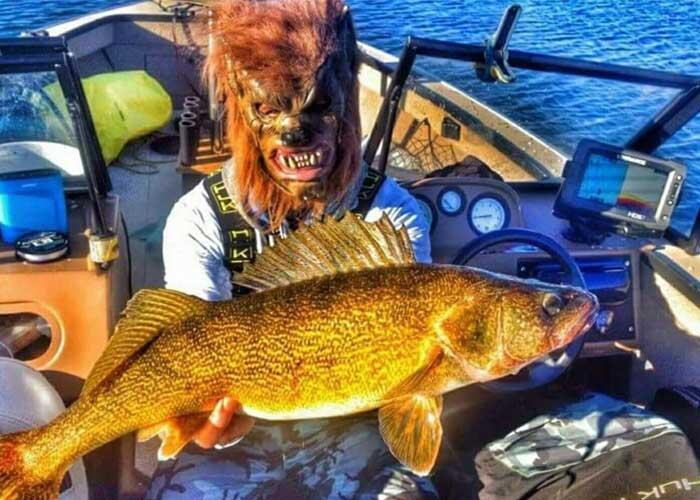
Safety, Fishing Management and Maintenance
With all that being said, I usually try to end my articles by speaking about safety, fish management and boat maintenance. I asked Andy what he would like us to do when it comes to these important issues when we are out on the water late in the season. Lesyshen makes a big point of saying, “Safety is always the number one priority. Make sure you dress appropriately and when you’re on the river system you always need to take extra care of watching for floating debris and or ice.” When you get off the water Andy says to always drain your motor completely which can take up to 10 minutes of tilting it up and down, up and down, but 10 minutes of going up and down can be the difference in paying a hefty price at the shop come spring. Lastly, when keeping fish for the table he says his general rule of thumb is that he doesn’t keep anything over 24 inches. Anything above that is prime fish for spawning and helps make our waters better in the future.
I can’t thank Andy enough for taking the time to talk to me and share his vast amount of knowledge on one of the best walleye fisheries around. It really is a privilege to be able to talk about and share your passion with people on a large platform. I wish everyone a safe and successful end to their soft-water fishing season.
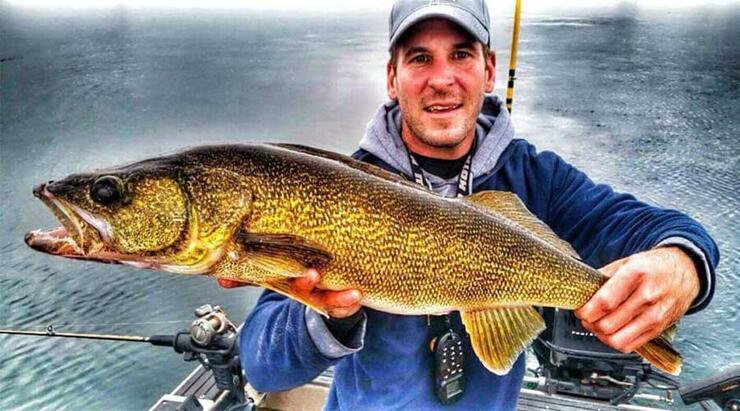
Recommended Articles

Lake Superior
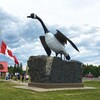
The Wawa Goose
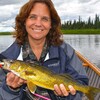
Eye Opener

The Butter Tart
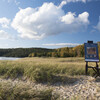
Group of Seven Touring Route
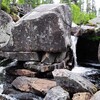
Potholes Nature Reserve
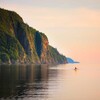
Old Woman Bay
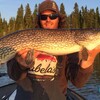
Early Season Pike
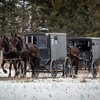
A Trip into the Past
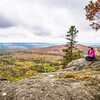
Robertson Cliffs
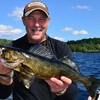
Bringing Home Fish
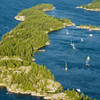
Facts About Lake Huron
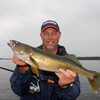
Drop Shot Walleye
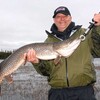
Pike & Dead Bait
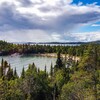
Pukaskwa National Park
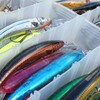
Pike and Muskie Leaders
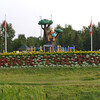
Winnie-the-Pooh's Ontario origins
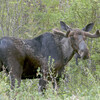
Chapleau Game Preserve
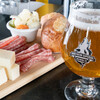
Northern Superior Brewing and Tap Room
